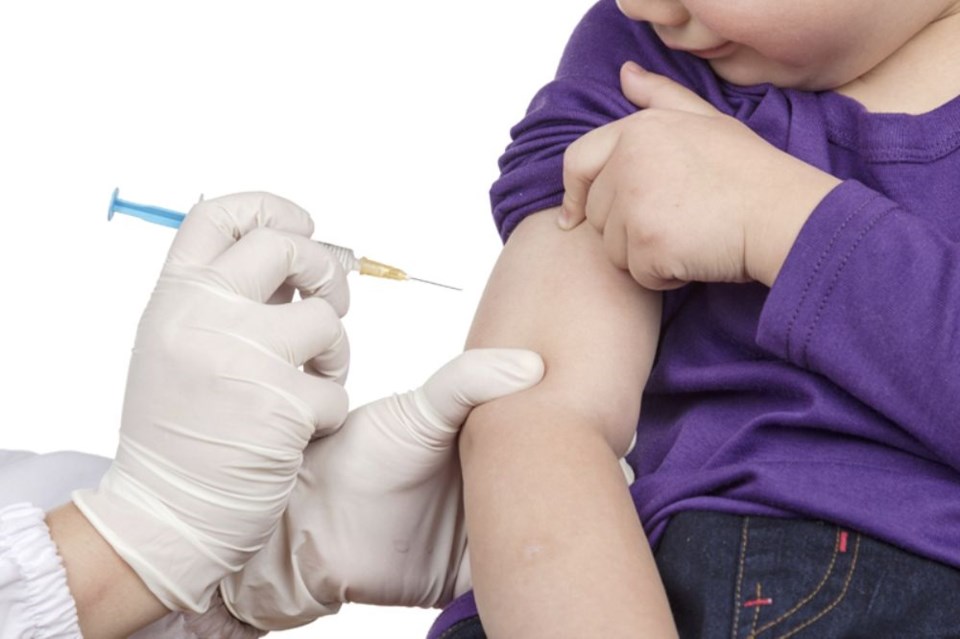THUNDER BAY -- The measles virus has landed in Canada, but has yet to make its way to Thunder Bay.
Diana Gowanlock, manager of infectious disease progress at the Thunder Bay District Health Unit, says she’s been in close contact with provincial health officials, adding they’re on the alert looking out for any cases of the sometimes deadly disease.
Four patients were diagnosed this past week in Toronto, none of whom had any obvious connection.
“We’re getting updates from the province and updates from Toronto Public Health, which is really excellent in making sure we’re informed on what’s going on,” Gowanlock said Tuesday afternoon.
“We don’t have any contacts from those particular cases that they’ve identified.”
However, while the province has tracked back and alerted anyone who have come in contact with the four known patients, they have yet to identify where those people contracted measles.
“Which means there that there will likely be more reported cases by the Toronto Public Health because somebody out there had measles and gave it to these four people.”
According to the Canadian government, measles has been eliminate in North and South America, but outbreaks occur when imported from other regions.
Danger zones include the Philippines, Vietnam and China, of which the latter two in 2014 experienced significant increases in the number of measles cases.
Since December 2014 the United States, in particular California, has experienced a measles outbreak is ongoing.
Gowanlock said the best prevention is ensuring one’s immunization shots are up to date. Most people in Thunder Bay have had both vaccinations, which also target mumps and rubella, but it is possible – though not without effort – to refuse vaccinations based on religious belief in Ontario.
“Therefore we haven’t had a lot of it. In Thunder Bay we don’t have any reported cases of measles and we haven’t in a number of years. But what does happen is not everyone has their protective two doses (of the vaccine), so you do have some transmission.”
Symptoms of the disease are similar to a cold and flu outbreak, such as sore eyes and a runny nose, followed by small white spots that develop inside the mouth a day or so later.
A harsh dry cough, aches are common, as is a red, blotchy rash that normally develops three or four days after the first symptoms arrive.
Gowanlock said if someone notices symptoms it’s best to call ahead to a health-care provider and not arrive at their office unannounced.
“Generally if there was a suspicion of measles, it’s usually recommended you call your health-care provider to arrange a time to go in because you wouldn’t want to show up at the waiting room and expose everybody.”
